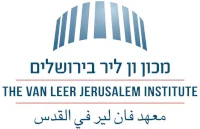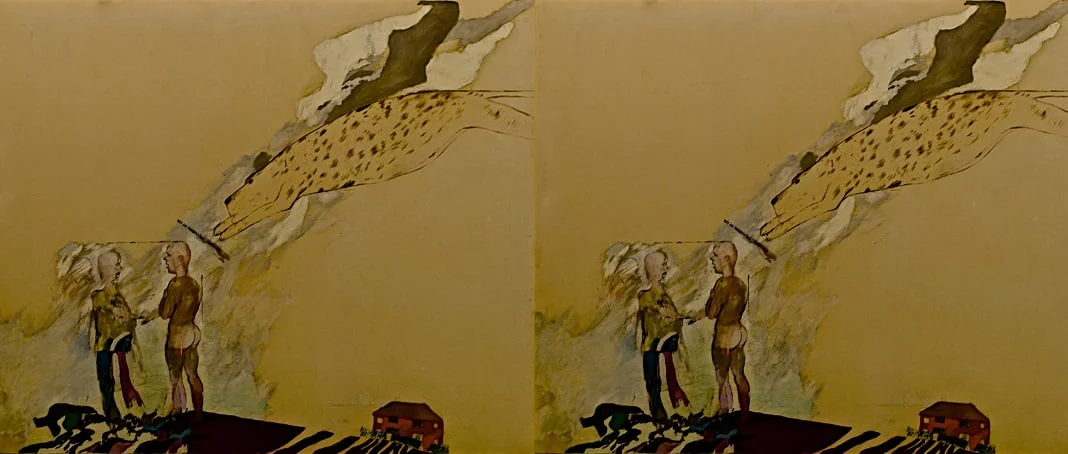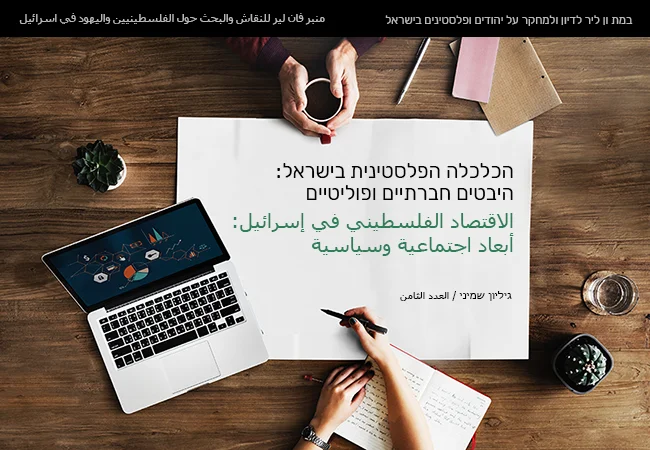In the last essay he published, in 1970, Nathan Alterman wrote: “The moment we admit the existence of a fictitious Palestinian nationality, from that moment on the whole of Zionism becomes a matter of stealing the homeland of an existing people.” Similar arguments are prevalent in both the Israeli and the Palestinian discourses. On the Israeli side we often hear that “There is no such thing as Palestinians, there are Arabs,” or that “Jordan is the Palestinian state”; and on the Palestinian side: “Judaism is just a religion, so any national claims on the part of Jews are illegitimate.” Each of these arguments can be supported by convincing factual reasoning, and yet they suffer from a prominent failure – they deny the others’ right to define their own identity; and if the others have no such right, how can we justify claiming it for ourselves?
Conversely, the prevalent discourse about narratives – the claim that identities and historical narratives are the private business of each respective side, and no one has the right to challenge the stories that their counterparts choose to tell – poses an inverse and no less significant obstacle. The saying “That’s their narrative” often functions as a kind of defensive wall, as if defining something as a narrative makes it immune to criticism, or as if it is possible to accord respect to the other’s narrative without attributing to it any truth value, as Limor Yehuda suggests, for example. This claim is problematic for several reasons. One is that the narratives that und erly each identity are based on events that took place at the same place at the same time. The question of what occurred on the night between the 22nd and 23rd of May, 1948, in the village of Tantura does not allow either side to simply accept the claim that the other’s narrative is legitimate for the other but false for me. The arguments about what happened continue to stir up the public discourse decades after the events of that night because the narratives are not separate. Identities in general, and identities in a state of struggle in particular, are not just a story we tell ourselves about ourselves. They are not created in sterile lab conditions, nor from the comfort of a living-room armchair. National identities are almost always part of a bloody history, and wherever there is bloodshed there are victims and perpetrators. It follows that the description of what happened in the event that caused the harm never stands alone but always alongside the story of the other side, and there is always something to learn from the opposite story – the narratives are constructed in a joint process. Denying the identity of the other is not legitimate, but oftentimes denial is just one stage in the process of examining the two relevant identities, and this exploration, I argue, is a vital component of the reconciliation efforts.
Identity is by its very nature stubborn, and identity-based conflicts are always intractable – a term that is commonly used by scholars of conflict resolution. And yet, it is worth noting that despite their intractability, identities can change, sometimes even rapidly. For example, in the first decades of the twentieth century, many in the Zionist movement held the view that, as expressed by Jabotinsky, “Two Banks has the Jordan – This is ours and, that is as well.” Not long after, the discourse about Greater Israel (Eretz Israel Hashlema) was still alive and kicking, but its spokesmen had abandoned the presumption that Jews would rule the territory to the east of the Jordan Valley. Another example: the Jewish-religious identity changed after the rise of the orthodox right-wing settler movement Gush Emunim and the settlements enterprise, and arguably it is currently undergoing another deep change with the entry of Kahanism into the Israeli government. Despite their intractability and stability, identities do change: “Even rocks break,” in the words of poet Dahlia Ravikovitch.
When identities are in conflict, it is not enough for leaders to meet on green lawns, at the White House for example, and sign treaties. In identity-based conflicts, the sides are called upon to change significant parts of their identity in order to make it possible to live side by side. The Oslo Accords and similar peace processes are in my view an example of the attempt to sign an agreement without questioning and without challenging the identities of both parties. In the margins of the peace talks simmered weighty demands that were not properly processed: Israeli leaders demanded recognition of a Jewish state, without checking the feasibility of this demand in the identity of the Palestinians who are citizens of Israel and in the identity of the Palestinians in the West Bank and Gaza; the Palestinians, for their part, demanded recognition of the Nakba and the Right of Return, without exploring the meanings of this kind of recognition for the Israeli identity. I am not arguing that these demands are of equal value, nor that they are equally unreasonable or illegitimate, but rather that these demands require a certain kind of exploration that is not supported by treaties: a separate exploration on the part of each side, as well as a joint exploration. These processes of examination necessarily lead to a change in the identities of both sides. The change is necessary because separating the identities is impossible, and some will also claim, undesirable. When the other cannot be made to disappear behind a wall, we are required to change our identity in order to contain his proximity and his story.
What is the change that identities need to undergo in processes of reconciliation? Here I will briefly offer two opposing answers that I developed elsewhere: first, reconciliation as recognition – accepting the identity of the other as reasonable, as legitimate, and as necessary. In reconciliation we assume that “You are who you are and we do not ask you to become someone else.” In other words, it is with you that we wish to reconcile and not with some other imaginary entity that we could reconcile with more easily. For example, when an Israeli seeks to reconcile with a Palestinian on the condition that the Palestinian relinquish the memory of the Nakba, he is seeking to reconcile with an imaginary counterpart. He is not recognizing the legitimacy of an essential part of the Palestinian identity. Second, reconciliation as a demand – we demand of you, the opposite party, to change certain elements of your narrative so that the narratives of the groups can co-exist. For example, some Palestinians argue that the injustices of Zionist colonialism will be redressed by the return of all Jews to Europe. This kind of claim is not suited to a reconciled Palestinian identity, and it is legitimate to demand that it be altered. It does not follow that the Palestinians need to admit that the members of the other side are indigenous. As part of the reconciliation process, the Palestinians are called upon to develop a more complex post-colonial approach that is aware of the sensitivities of both sides and recognizes the right of the Jews to live here.
These two directions are of course contradictory. If we are willing to recognize the identity of the others and say that “You are who you are,” how can we simultaneously ask the others to change? If we ask the others to change, is that not an admission that in fact we do not recognize their identity and their need to be who they are? Not necessarily. The opposing claims are necessary, not despite the contradiction but precisely because of it – because they balance each other out. The parties to the conflict need to understand that while the others will continue being who they are, the recognition of their continuity and stable nature needs to be balanced with a demand that the other nonetheless change – just enough so that we can continue being who we are.
So long as the identity-based conflict is in an active and violent state, the possibility of accepting the other’s identity is often interpreted as a demand to give up our own identity. For instance, if the Palestinians will be asked to accept the claim that the Israelis are the only ones who have a right to self-definition in this land, as the “Basic law: Israel as the Nation-State of the Jewish People (2018)” states (clause 1c), they will need accordingly to admit that they themselves do not have the right for collective self-definition in this place. Reconciliation means moving beyond a definition of self of the kind that is manifested in this law, a definition that is exclusionary and denies the identity of the other (“I cannot be who I am if you are who you claim to be”), to a state in which my own identity has changed sufficiently to contain the identity of the other. But this containment, too, depends on the other having changed enough for us to be able to contain him. It is possible even that, in the future, such processes of containment will enable a partial shared identity, of the sort that Ameer Fakhouri describes.
All of these changes demand of all of us, Palestinians and Israelis, more research, more dialogue and discourse, and less negotiations about security arrangements and the partition of land. They presuppose flexible identities that share the same reality, the same space, and not an imagined separation of fixed identities.

















